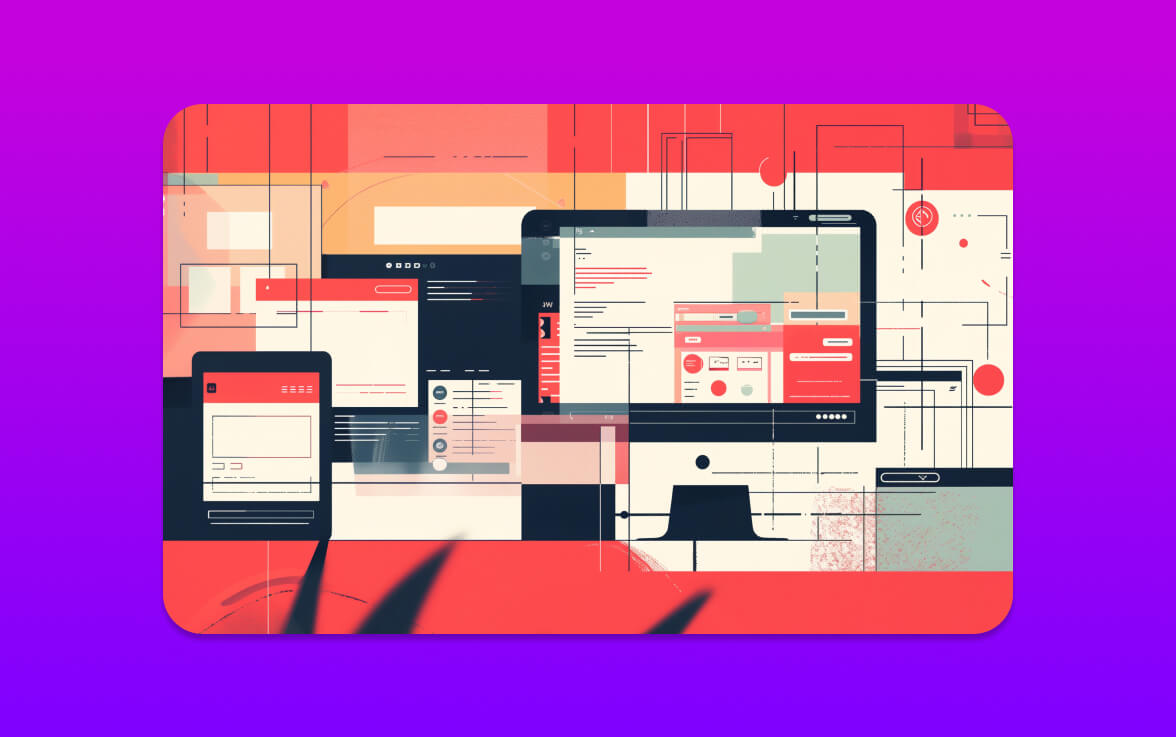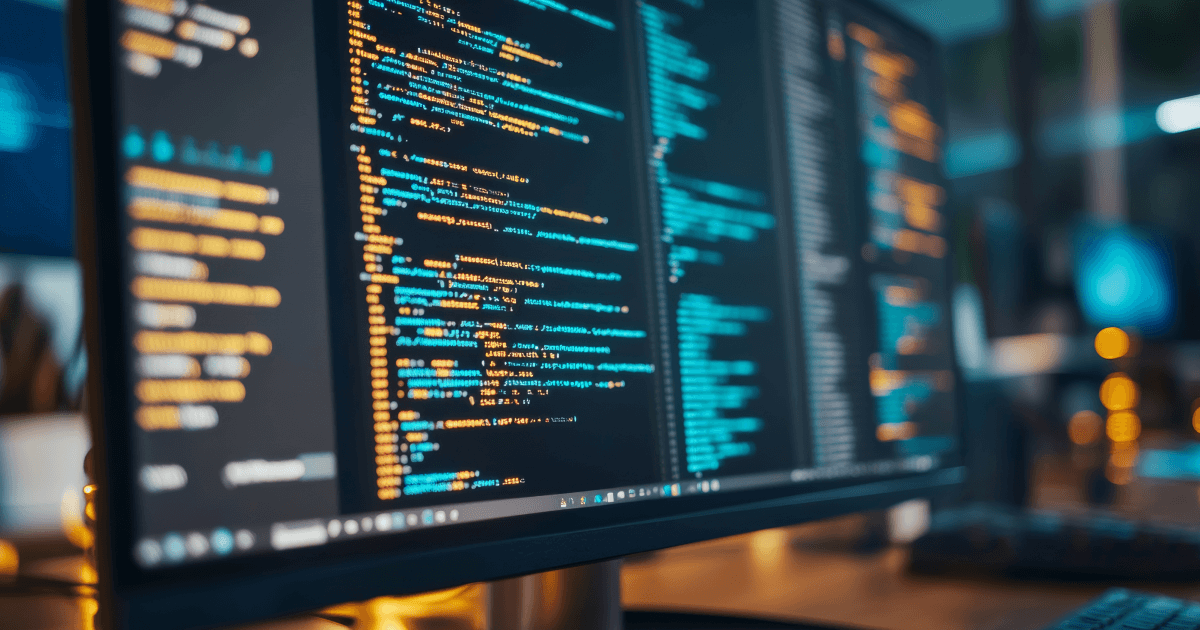Introduction
Artificial Intelligence (AI) is rapidly transforming web development and user experience (UX) design, making websites more dynamic, personalized, and efficient. AI-powered tools streamline processes, enhance user engagement, and provide businesses with valuable insights. As AI-driven technologies continue to evolve, businesses and developers must stay ahead of the curve to leverage these innovations for a competitive advantage. This article explores how AI is shaping the future of web development and UX design, highlighting its benefits, challenges, and ethical considerations.
AI in Web Development
1. Automated Code Generation
AI-powered tools such as OpenAI’s Codex, GitHub Copilot, and Tabnine help developers write code faster by providing smart suggestions and auto-completing lines of code. This speeds up development cycles, reduces errors, and enhances collaboration between developers. AI-driven Integrated Development Environments (IDEs) are becoming more common, assisting in debugging and suggesting optimal coding practices.
Additionally, AI-based low-code and no-code platforms empower non-developers to create sophisticated applications without extensive programming knowledge, democratizing web development.
2. AI-Powered Website Builders
Platforms like Wix ADI, Bookmark, and Zyro use AI to generate fully functional websites with minimal user input. By analyzing user preferences, industry trends, and business needs, these tools create websites that align with best design practices while ensuring fast load times and mobile responsiveness.
AI-powered design assistants can also help users refine their websites by suggesting layouts, fonts, and color schemes based on branding guidelines, ensuring a professional look without requiring advanced design skills.
3. Enhanced Security and Bug Detection
AI-driven security tools like DeepCode, Snyk, and WhiteSource can identify vulnerabilities in code before deployment, reducing cybersecurity risks. By analyzing patterns and detecting anomalies in real time, AI strengthens web applications against potential cyber threats, such as SQL injections and cross-site scripting (XSS) attacks.
Furthermore, AI-powered debugging accelerates issue resolution, improving overall website stability and reducing downtime. Predictive AI models can anticipate potential system failures, allowing developers to proactively address vulnerabilities before they become critical issues.
4. Improved SEO and Content Optimization
AI tools like SurferSEO, Clearscope, and MarketMuse analyze search engine trends and user behavior to optimize content for better rankings. These tools suggest keyword placements, readability improvements, and content structuring for maximum SEO impact.
AI-driven automation also enhances on-page SEO by generating meta descriptions, alt text for images, and internal linking recommendations. With machine learning algorithms analyzing search intent, content creators can refine their strategies to align with evolving search engine algorithms and user expectations.
AI in UX Design
1. Personalized User Experiences
AI algorithms analyze user behavior, preferences, and past interactions to tailor website content dynamically. Examples include personalized product recommendations, adaptive navigation, and AI-powered chatbots that enhance customer support.
By leveraging machine learning, AI can also predict user actions and modify web interfaces in real time, ensuring a seamless and intuitive browsing experience. Adaptive AI-based interfaces cater to individual users by adjusting layout elements and content based on browsing history and engagement patterns.
2. Conversational Interfaces & AI Chatbots
AI-driven chatbots, such as ChatGPT, Drift, and Intercom, provide instant responses and improve customer interactions. These bots use natural language processing (NLP) to understand and address user queries effectively.
Advanced chatbots are now capable of sentiment analysis, allowing them to gauge customer emotions and adjust responses accordingly. AI chatbots also integrate with voice assistants, enhancing accessibility and providing hands-free customer support solutions.
3. Advanced A/B Testing and UX Analysis
AI tools like Google Optimize, Adobe Sensei, and Optimizely analyze user interactions to determine the most effective UI/UX elements. These tools provide data-driven insights that help designers make informed decisions about website layouts, features, and user flow.
AI-powered analytics platforms continuously monitor user engagement, identifying pain points and suggesting enhancements. Real-time feedback loops enable businesses to refine their digital experiences quickly, optimizing conversion rates and customer satisfaction.
4. AI-Driven Visual Design Assistance
AI-powered tools like Uizard, Khroma, and Runway assist designers by suggesting color schemes, layouts, and typography that align with branding and accessibility standards. These tools help designers streamline the creative process and ensure consistency across web elements.
AI-generated design recommendations also incorporate accessibility best practices, ensuring websites are user-friendly for individuals with disabilities. This advancement supports compliance with WCAG (Web Content Accessibility Guidelines) and promotes inclusivity in digital experiences.
Challenges and Ethical Considerations
While AI offers numerous benefits, challenges remain:
- Data Privacy Concerns: AI-driven personalization relies on user data, raising concerns about privacy, security, and compliance with regulations like GDPR and CCPA.
- Loss of Human Touch: Over-reliance on automation may lead to generic and impersonal user experiences, potentially reducing user engagement and brand loyalty.
- Bias in AI Algorithms: AI models can inherit biases from training data, potentially leading to unfair or exclusionary practices. Developers must prioritize fairness and inclusivity when designing AI-driven experiences.
- Ethical AI Implementation: Transparency in AI decision-making is crucial to maintaining user trust. Businesses must clearly communicate AI usage and offer users control over personalization settings.
The Road Ahead
As AI continues to evolve, its role in web development and UX design will expand, introducing new capabilities that drive innovation and efficiency. Emerging trends include:
- AI-Generated Content: Advanced AI models will produce high-quality, human-like content tailored to specific audiences, optimizing engagement and search performance.
- Hyper-Personalization: AI will refine personalization efforts by integrating behavioral data, real-time interactions, and contextual insights to deliver highly customized digital experiences.
- Voice and Gesture-Based Navigation: AI-driven interfaces will enable hands-free, intuitive website interactions, improving accessibility and usability across devices.
- AI-Enhanced Collaboration: AI-powered tools will facilitate seamless collaboration between designers, developers, and marketers, streamlining workflows and fostering creativity.
Conclusion
The future of AI in web development and UX design is promising, with continuous advancements enhancing efficiency, personalization, and security. By embracing AI responsibly and ethically, developers and designers can create smarter, more user-friendly digital experiences. As AI continues to evolve, staying informed, adaptable, and proactive will be crucial for success in the ever-changing digital landscape. Businesses that strategically integrate AI will gain a competitive edge, ensuring innovative and engaging online experiences for users worldwide.

